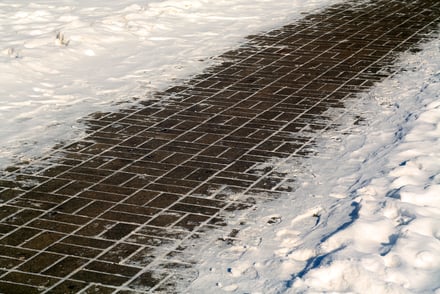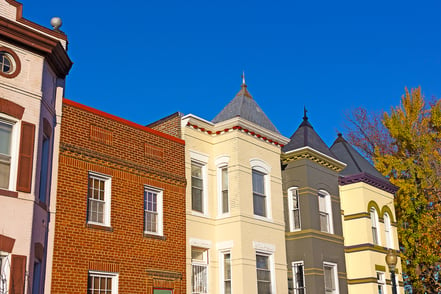When I see an old brick house with crumbling or flaking of the surface of the brick wall, I recognize damage. If the brick wall is part of the main structure of the building, the weakening of mortar can become a severe problem. The integrity of the building may be at stake. Here is what I want the owner to know:
This form of deterioration, known as spalling brick, is usually the result of water damage. It happens when water enters the brick or mortar and forces the surface to peel, pop out or flake off.
Water Is The Enemy
Water is concrete’s worst enemy. Bricks that have missing or crumbling mortar are much more susceptible to moisture. Eventually, spalling can cause crumbling and destruction of the structure. Two common sources of this damage include:
- Torrential rain water that hits the wall surface directly
- Spills from gutters and roof surfaces
The most severe water damage is associated with freeze-thaw cycles. During cold weather, liquid water at or near the wall surface will not evaporate but will freeze. Freezing water will damage the brick or concrete since water expands during freezing. A portion of the surface will be broken away (spalled) by the freezing action. As the outside surface is removed, or water gets behind it through the mortar joints, for example, this masonry may deteriorate quickly. Repeated freeze-thaw cycles increase the spalling.
Examine The Damage
If you notice sections of crumbling brick on the walls of your home, you should closely examine the extent of that damage.
- Pay particular attention to areas where the brick is exposed to sources of water - downspouts, gutters, below windows and behind shrubs. Look for any place that the accumulation of water meets the brick.
- Inspect the mortar work all along the wall. If it is a poor job, you might want to consider repointing the entire area.
- Are there pronounced ledges sticking out between the bricks? If so, these shelves can create traps that retain and hold moisture against the wall.
Maintenance and Repair
The joints between the brick and mortar can allow water penetration. Tuckpointing mortar, or repointing, is the recommended technique for water damage remediation. This involves raking or grinding out joints to a depth of three-quarters to one inch and applying new mortar.
An important part of maintaining a brick wall is to keep the mortar intact. Regular upkeep on a brick wall includes repointing the joints and reapplying new mortar on a regular basis. Make sure that you consult with masonry contractors that know how to preserve and repair the brick and mortar found in historic homes.
Renaissance Development, a leader in brick restoration and historic preservation, specializes in the restoration of a historic brick building’s mortar joints using traditional methods (tuckpointing) and materials. Contact us for a free site visit and project quote.
Tags:
RepairMay 9, 2017 8:30:00 AM



